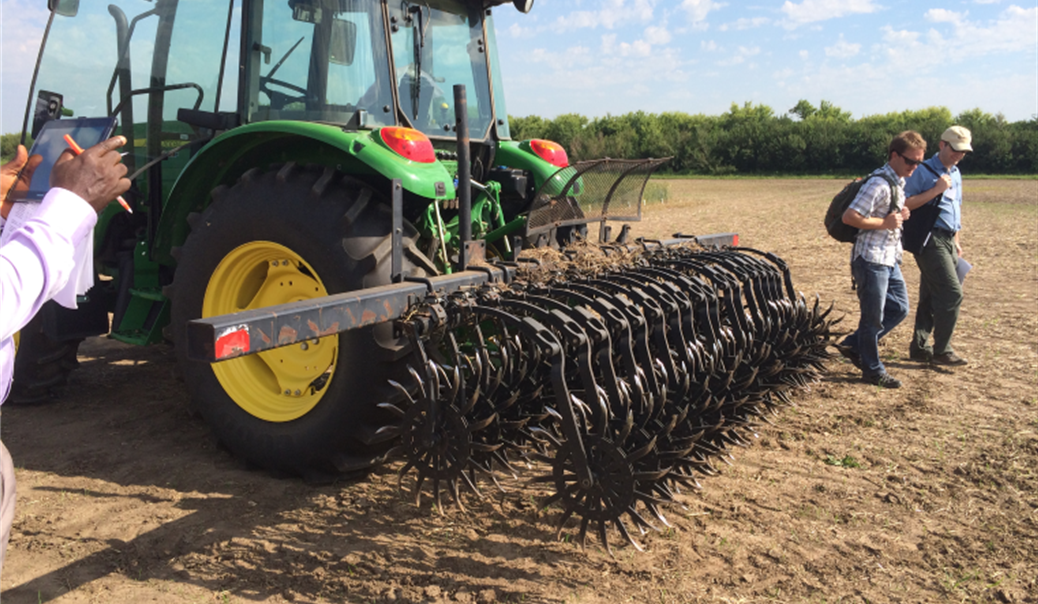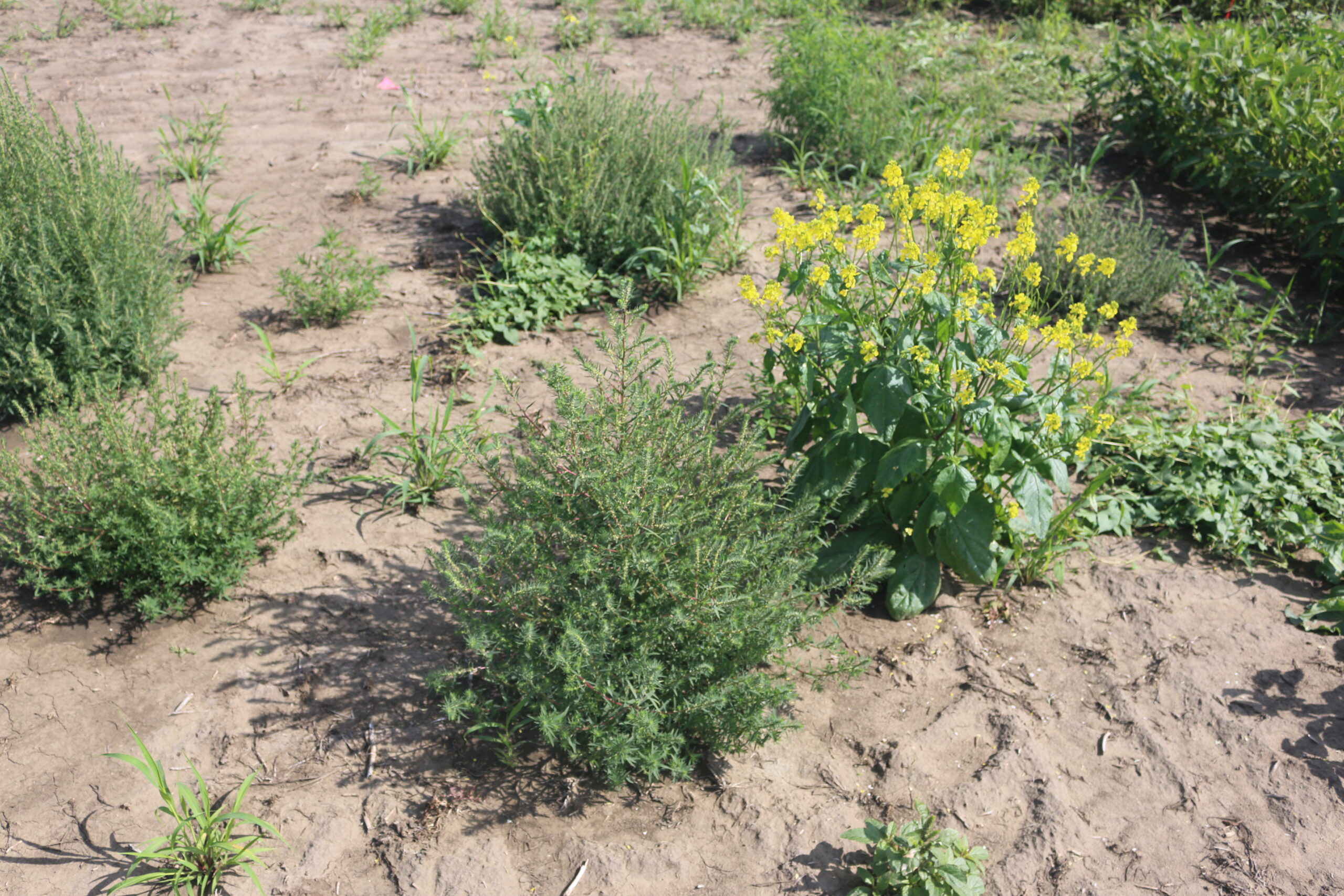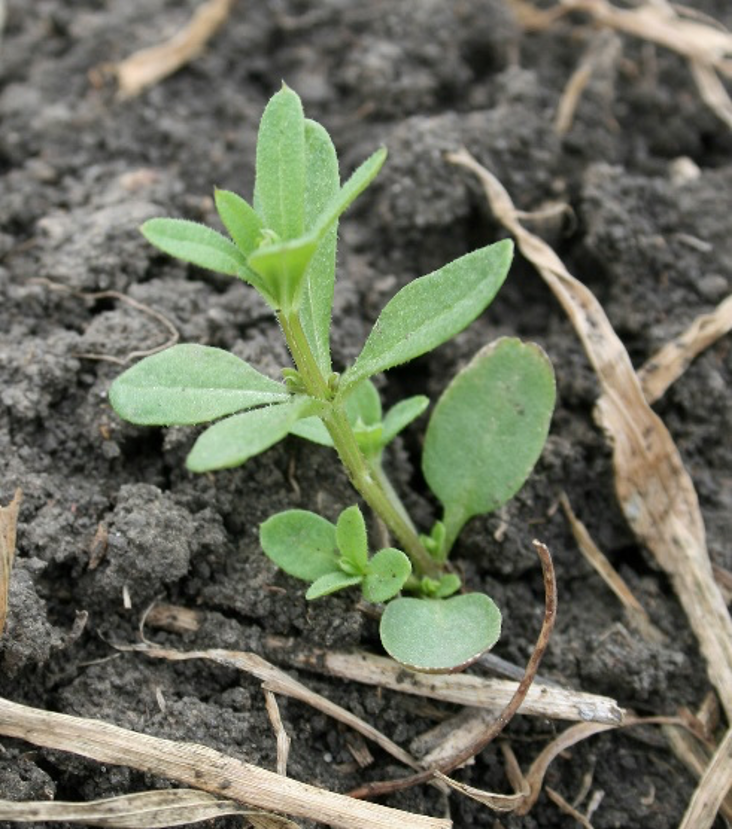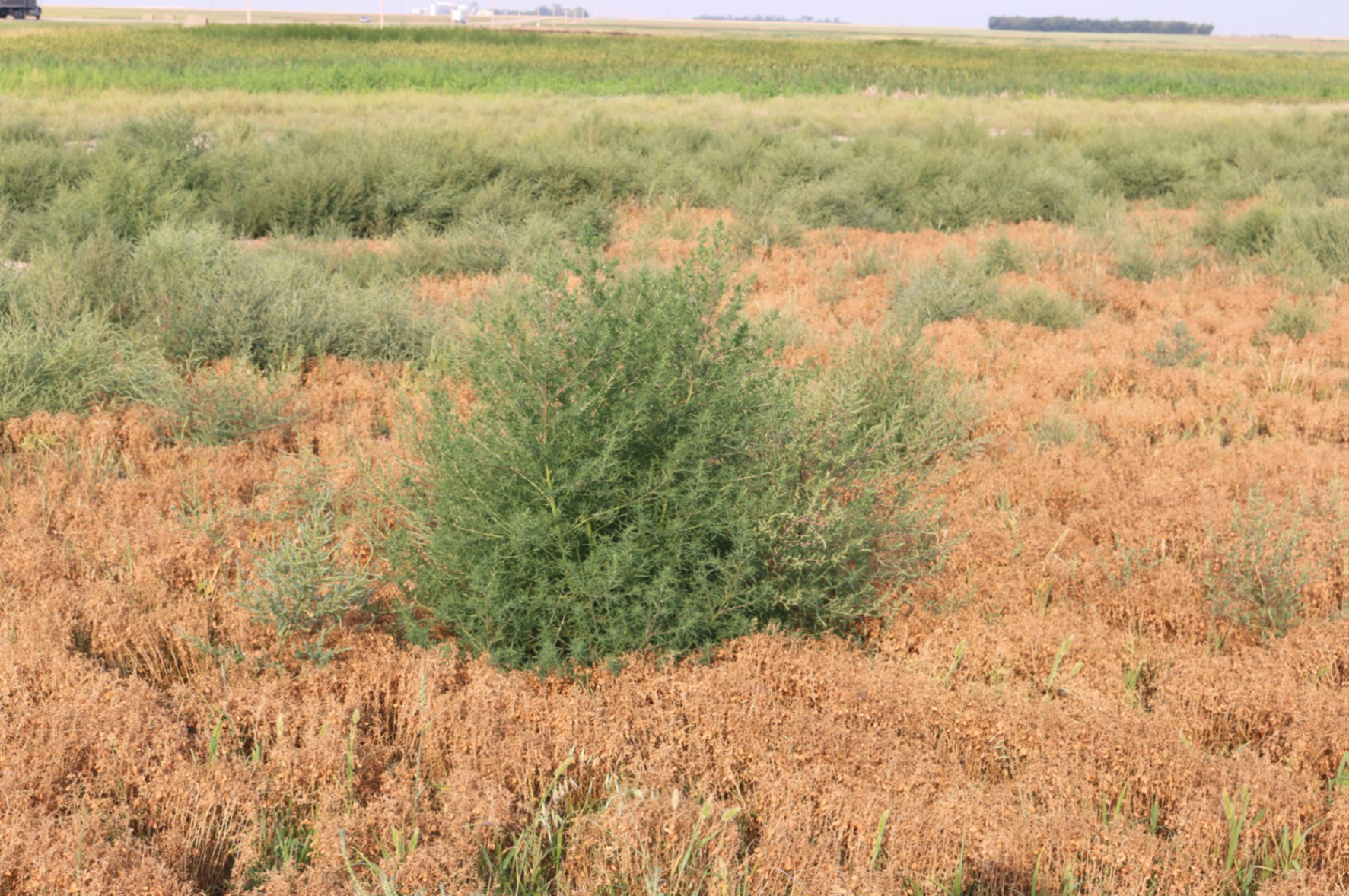When herbicides are not an option for weed control, you have to make the most of cultural, biological, and mechanical weed suppression and removal options.
While the impact and effectiveness of a rotary hoe, flex tine harrow, and inter-row cultivator have been assessed previously, a recent research project led by Dr. Steve Shirtliffe and implemented by MSc student Alex Alba at the University of Saskatchewan, looked at combinations of these mechanical weed control options to measure the impact on weed removal and crop yield in organic pea and lentil production. This project was undertaken as part of the Growing Forward II research cluster, with industry funding by Saskatchewan Pulse Growers.
Both crops and weeds are impacted differently by each implement type, and the timing of the pass also effects both weed removal and crop damage. For example, the rotary hoe is quite gentle on the crop at just about any stage, but is most effective on seedling- or cotyledon-stage weeds. Inter-row cultivation works best when the crop is at the five to 10 node stage, and is most effective on your biggest weeds. The flex tine harrow fits somewhere in between these two on both crop damage and weed management by size.
In an organic system, it is the combination of multiple management practices that make the difference in weed control. Seeding rates for both peas and lentils are increased in organic production. For this trial, field peas were seeded to target 135 seeds per square metre (m2), versus 90 seeds/m2 for conventional production, and lentils were seeded at 260 seeds/m2 (versus 130 seeds/m2).
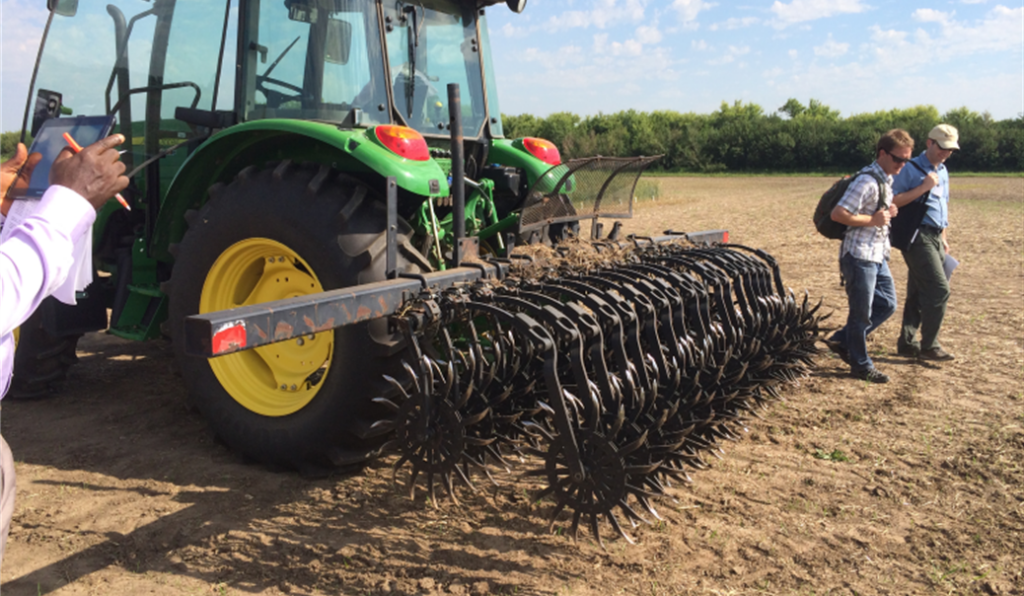
In looking at the results, rotary hoeing early on followed by inter- row cultivation later in the season, usually resulted in the lowest weed biomass and the highest crop yield, says Shirtliffe. The best combinations increased yield by approximately 55 per cent and decreased weed biomass by about 80 per cent. That said, it was observed that none of the treatments were that effective on perennial weeds.
Preliminary economic analysis, under an organic system, is very promising, he adds.
It is not just organic production of peas and lentils that could benefit from the combination of cultural and mechanical weed control, however, as herbicide resistant weeds become a larger concern across conventional acres, as well.
Shirtliffe also notes that this work proves that it is possible to get good levels of weed control in uncompetitive crops without herbicides, which, in turn, could reduce the reliance on herbicides within conventional production systems.
“We anticipate a potential fit for (these research findings) in managing herbicide resistant weeds, however it requires a paradigm shift in farmers’ and agronomists’ thinking,” when it comes to weed control, says Shirtliffe.

Published June 2018
